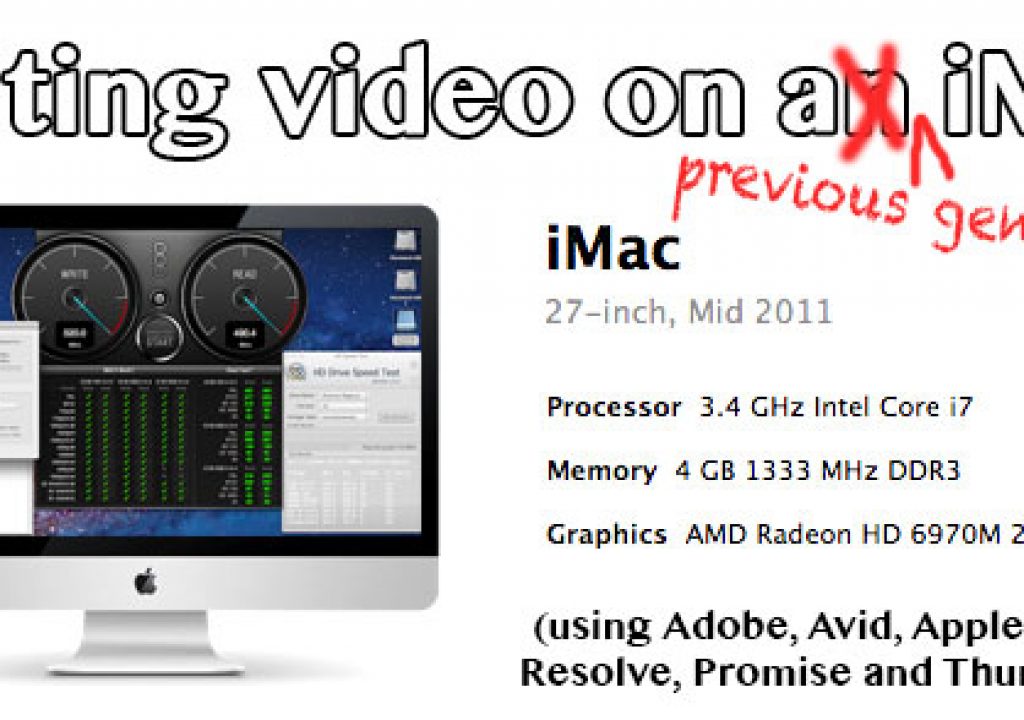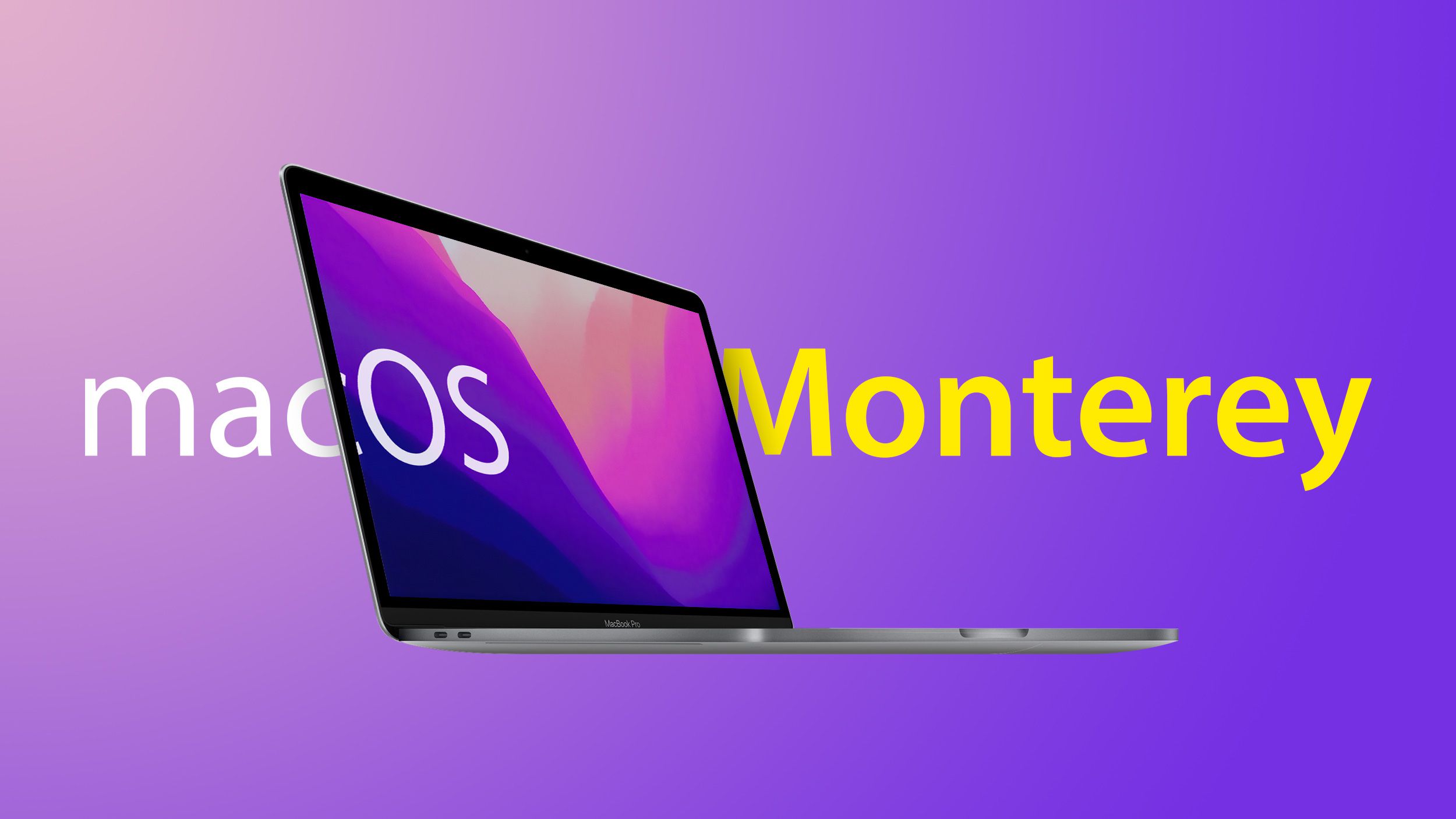

Editing features included color correction tools and photo effects, as well as cropping and straightening tools. It could organize photos that were synced to the device or taken with its camera.
APPLE PHOTO EDITOR FOR IMAC MAC
IPhoto for iOS offered a feature set fairly comparable to that of its Mac counterpart. It was officially supported on the iPhone 4 and later, iPod Touch (4th and 5th generations), iPad 2 and later and iPad Mini (1st and 2nd generations), but hackers discovered that it could be installed manually on older devices using Apple's iPhone Configuration Utility. iPhoto for iOS was made available that day on the App Store for US$4.99 alongside the already-released iMovie and GarageBand for iOS. iOS version Īt an Apple media event on March 7, 2012, Apple CEO Tim Cook announced a new version of iPhoto for use on the iOS mobile operating system. iPhoto users could order a range of products, including standard prints, posters, cards, calendars, and 100-page hardcover or softcover volumes-again, such services were available only to users in certain markets.
APPLE PHOTO EDITOR FOR IMAC PROFESSIONAL
Additionally, photos could be printed to a local printer, or, in certain markets, be sent over the internet to Kodak for professional printing. These iPods might also have an audio/video output to allow photos to be played back, along with music, on any modern television. iPhoto was also able to sync photo albums to any iPod with a color display. Creating and sharing iCloud Photostreams are possible as well, both public and invitation based ones.
Photos could be shared via iMessage, Mail, Facebook, Flickr and Twitter. Photo albums could be made into dynamic slideshows and optionally set to music imported from iTunes. IPhoto offered numerous options for sharing photos. iPhoto did not, however, provide the comprehensive editing functionality of programs such as Apple's own Aperture, or Adobe's Photoshop (not to be confused with Photoshop Elements or Album), or GIMP. Individual photos could be edited with basic image manipulation tools, such as a red-eye filter, contrast and brightness adjustments, cropping and resizing tools, and other basic functions. Īfter photos were imported, they could be titled, labeled, sorted and organized into groups (known as "events"). iPhoto also supported videos from cameras, but editing was limited to trimming clips. iPhoto supported most common image file formats, including several Raw image formats.

Almost all digital cameras were recognized without additional software. IPhoto was designed to allow the importing of pictures from digital cameras, local storage devices such as USB flash drive, CDs, DVDs and hardrives to a user's iPhoto Library. MacOS Mojave 10.14 was the last OS to support the app, as the release of macOS Catalina 10.15 on October 7, 2019, does not support iPhoto.

iPhoto and Aperture were discontinued and removed from the Mac App Store. On April 8, 2015, Apple released OS X Yosemite 10.10.3, which included the new Photos app. On FebruApple included a preview of Photos with a 10.10.3 beta. On June 27, 2014, Apple announced that they would cease development of iPhoto and work on a transition to their new Photos app. On March 7, 2012, Apple CEO Tim Cook announced an iOS-native version of iPhoto alongside the third-generation iPad. IPhoto was announced at Macworld 2002, during which Steve Jobs (then-CEO of Apple) also announced that macOS would be installed standard on new Macs from then on, and revealed new iMac and iBook models.


 0 kommentar(er)
0 kommentar(er)
